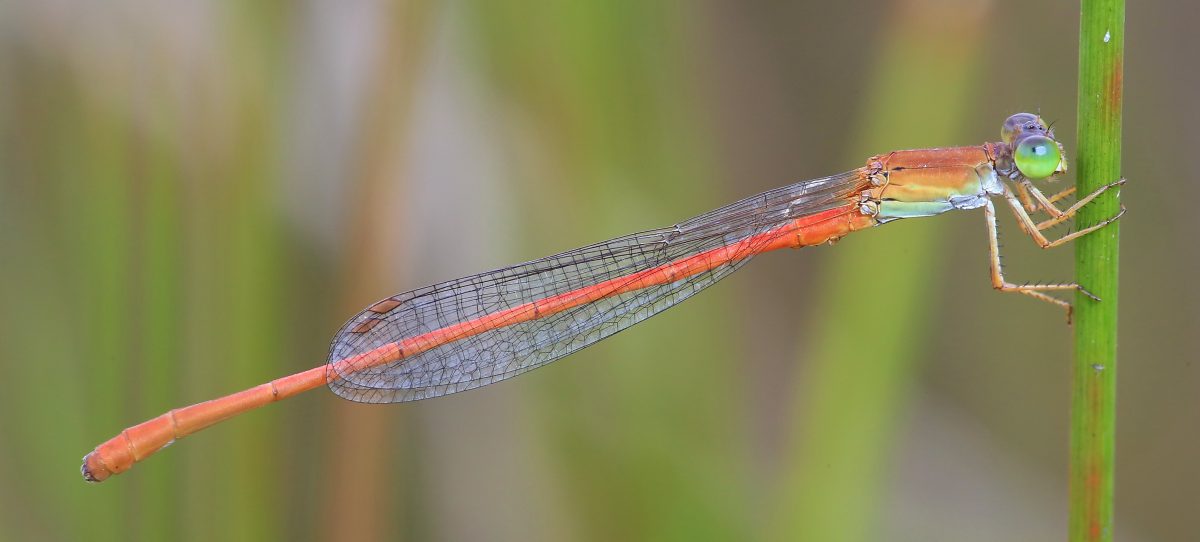New species descriptions often come one at a time, giving the impression that scientists have most likely described nearly everything on earth. Each new species is just one of the last stragglers, a species rare enough to have hitherto eluded our notice. Yet recent estimates of global biodiversity suggest that as many as 85-90% of the world’s species remain undescribed and nameless.
JRS Biodiversity Foundation grantees at the Naturalis Biodiversity Center and Stellenbosch University led by Dr. KD Dijkstra recently presented 60 species of dragonfly and damselfly that have never before been described by science, increasing the number of known Odonata in Africa by nearly 10%. What’s more, most of the new species were discoverable with the eye alone, you just have to be looking for them.

“The current emphasis on molecular research creates the impression that the undiscovered life is inconspicuous or hidden, but each of our new species is colorful and easy to identify. It’s a matter of going outside and knowing what you’re looking for,” says Dijkstra. “It’s a biologist’s greatest importance today. Names introduce species to humanity. All awareness, conservation and research of nature starts with the question: which species is that?”
Naming 60 species affords many opportunities to engage and capture the imagination of the public. The announcement is accompanied by a booklet, with stunning photographs of the dragonflies and damselflies, the stories of their names, and context of their discoveries. You can meet the rainbow-hued Nugget Sprite (Pseudagrion aureolum) and the lurking Black Relic (Pentaphlebia mangana).
All of the species are formally introduced to science in a monograph authored by Dijkstra and colleagues, but don’t miss the opportunity to tramp with Dijkstra across the bogs of the Democratic Republic of Congo, and watch him literally pull an entirely new species out of thin air – just like that.

